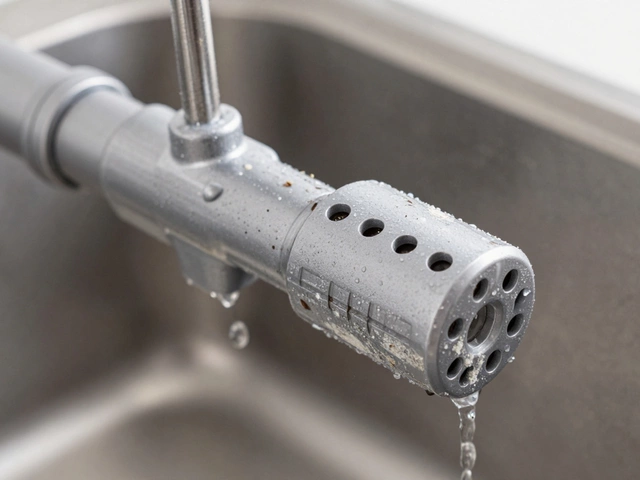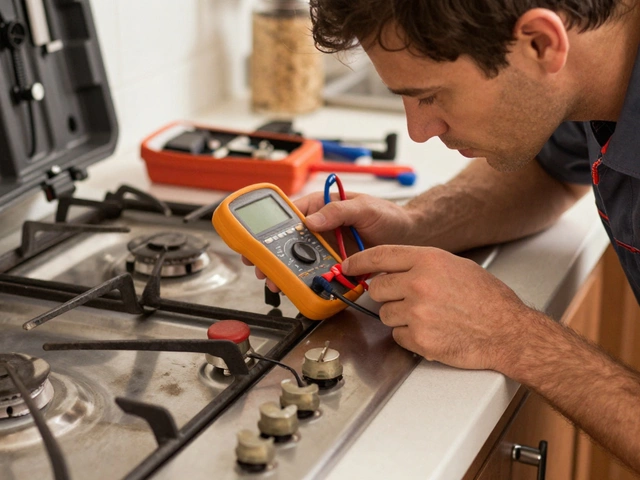Tank Flushing: Your Quick Guide to Cleaner Systems
When talking about tank flushing, the process of cleaning a water storage tank to remove mineral buildup and sediment, most homeowners think of a messy chore they hope to avoid. In reality, it’s a simple step that can boost efficiency, lower energy bills, and prevent costly breakdowns. Think of it as a health check for the heart of your heating and hot‑water system. Below you’ll see why tank flushing matters and what it connects to in the wider world of home comfort.
How Tank Flushing Links to Boiler Care
A boiler, the device that heats water for central heating and domestic hot‑water supply relies on clean water to run efficiently. Over time, limescale and rust settle at the bottom of the boiler’s expansion tank, forming a barrier that forces the unit to work harder. Tank flushing removes that barrier, allowing the boiler to heat water faster and use less gas or electricity. This relationship is a classic example of a semantic triple: tank flushing improves boiler performance, reduces fuel consumption, and extends the boiler’s lifespan. If you hear a ticking sound or notice uneven heating, a quick flush might be the first fix before calling a technician.
Another key player is the water heater, a storage unit that provides hot water for showers, taps, and appliances. Like boilers, water heaters accumulate scale inside their tanks, especially in hard‑water areas. This buildup cuts heat transfer, meaning the heating element has to run longer to reach the desired temperature. By flushing the tank, you restore optimal heat exchange, which translates to faster hot‑water delivery and lower energy costs. The link is clear: regular tank flushing keeps the water heater’s efficiency high and prevents premature failure.
Even the radiator, a metal fixture that radiates heat into a room from hot water circulating through it benefits indirectly. When the central boiler or water heater runs smoother after a flush, the hot water supplied to radiators maintains a steadier temperature. This steadiness reduces the need for frequent bleeding, a process that releases trapped air causing cold spots. In short, a clean tank means the whole heating chain—from boiler to radiator—operates with fewer hiccups.
Professional plumbers also emphasize the importance of proper descaling agents during tank flushing. Using the right chemical mix dissolves stubborn mineral deposits without damaging the tank’s inner lining. The choice of agent, flush volume, and cycle length are all variables that influence the final outcome. When done right, you’ll notice smoother pump operation, quieter system noise, and fewer leaks caused by corrosion.
So, what does all this mean for you? Below you’ll find a mix of articles that dive deeper into each aspect: from deciding when a DIY flush is safe, to spotting early signs of scale, to understanding the cost‑benefit of hiring a local Warwick specialist. Whether you’re a homeowner looking to save on bills or just curious about how your heating system stays healthy, the posts ahead cover practical tips, real‑world examples, and clear next steps.
Learn the essentials of water heater maintenance to keep your system running safely, efficiently, and longer. Get practical tips on flushing the tank, checking parts, and spotting problems before they get serious. This guide breaks down each step in plain language, making it easy for homeowners to take action. Discover how a little upkeep goes a long way. Cut down on repair bills and cold showers with these expert insights.


